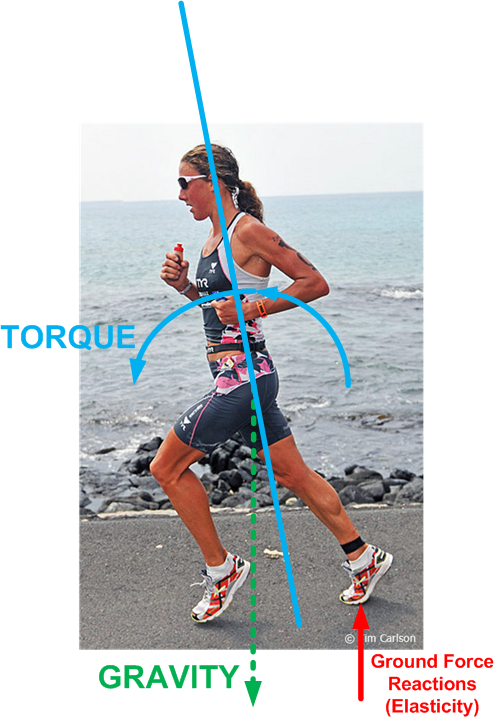New York Plans to Ban Sale of Big Sizes of Sugary Drinks
Chang W. Lee/The New York Times
Mr. Bloomberg on Wednesday with Linda Gibbs, deputy mayor for health. By each soda is the amount of sugar in it.
By MICHAEL M. GRYNBAUM
New York City plans to enact a far-reaching ban on the sale of large sodas and other sugary drinks at restaurants, movie theaters and street carts, in the most ambitious effort yet by the Bloomberg administration to combat rising obesity.

Soda is awesome at about mile 40 of a a 50-mile race. It replenishes everything an athlete has been using after 5-6hours of activity. Whenever I see someone buying soda I think 'good luck on your endurance event'.




